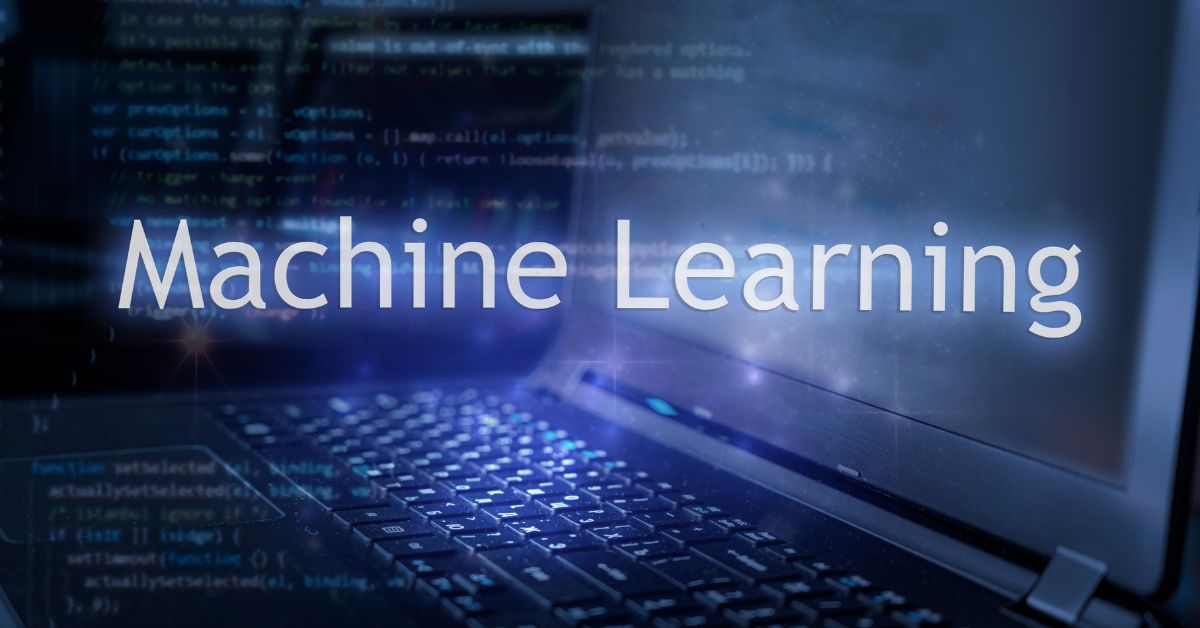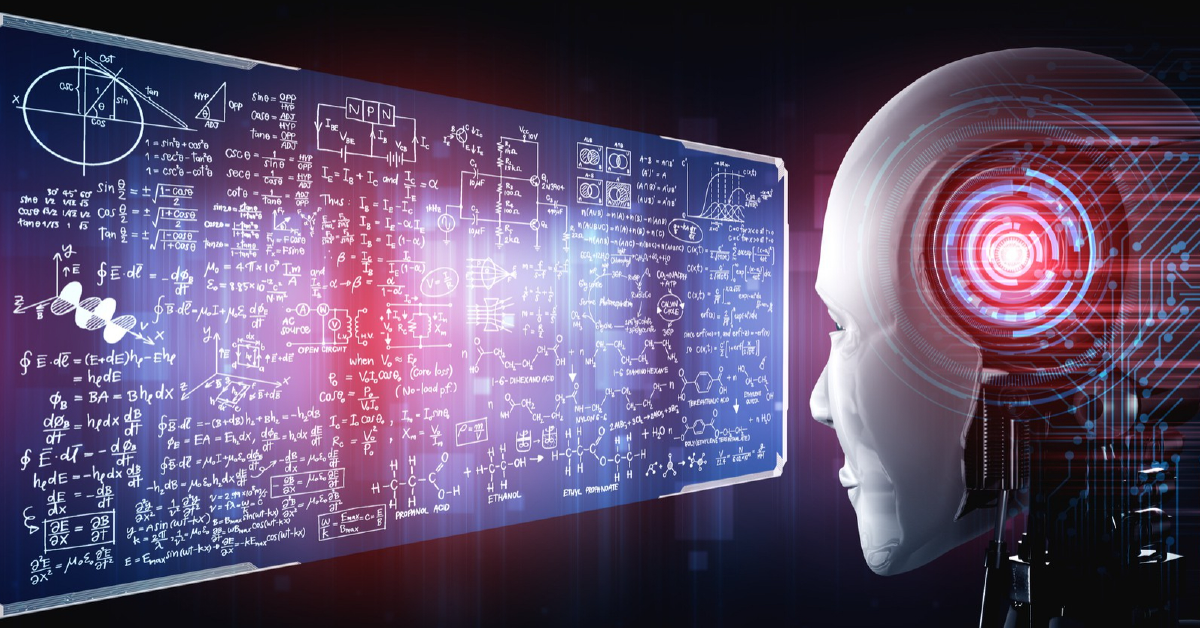Development and Validation of a Machine Learning Prediction Model

5 min read
With the introduction of machine learning development, they set out on an innovative path. Develop intelligent systems that can learn, adapt, and completely transform industries. To ensure the quality and suitability of the data for training the model, the problem can solve first explicitly specified, and the pertinent data is then collected, cleaned, and preprocessed. The model is trained using the preprocessed data in the following stage, which also entails choosing a suitable machine learning algorithm. The model’s performance is then evaluated using test and validation datasets, employing a variety of metrics to gauge its recall, accuracy, and other pertinent metrics.
To optimize its performance, the model may go through multiple iterations, fine-tuning hyperparameters and feature engineering. Finally, the model is deployed after successful validation to predict new, unseen data in real-world applications. Throughout the process, careful consideration of data ethics and interpretability is vital to ensure the model’s reliability and trustworthiness.
Exploratory Data Analysis: What is it?
Like data exploration, exploratory data analysis (EDA) is a statistical method for examining data sets to determine their general properties. Heavy is one of many visualization tools for exploratory data research. The Immerse platform from Artificial Intelligence (AI) makes it possible to engage with large, unstructured data sets, providing analysts with a better understanding of the links and patterns present in the data.
What are Data Preprocessing and Exploration?
To characterize dataset characterizations, those are size, amount, and correctness. Data analysts employ statistical tools and visualization techniques to gain a deeper understanding of the inherent characteristics of the data. And also data exploration is the procedure in question.
Data Gathering and Problem Definition
Creating a machine learning prediction model must start with the problem definition and data collection processes. The exact task to be done is identified in detail during the problem description step, together with the target variable can forecasting and the input features to be employed. The entire project’s direction can establish by precisely defining the problem. Which also guarantees that the model’s aims align with those of the business or research.
High-quality and representative data are essential for training a successful model. This involves sourcing relevant datasets from various sources, such as databases, APIs, or manual data collection, depending on the problem. Data collection also involves ensuring data privacy and compliance with relevant regulations to protect the sensitive information of individuals. Thorough data collection lays the foundation for subsequent data preprocessing and model development.
The 5 Important Steps of Data Preprocessing
Data preprocessing is a crucial step in the data science pipeline that involves preparing and cleaning the data before feeding it into a machine learning development. The five significant steps of data preprocessing are as follows.
Data Cleaning
This step involves handling missing or incorrect data points in the dataset. Missing values can be imputed using mean, median, mode, or interpolation techniques. Outliers, which are extreme values that deviate significantly from the rest of the data. It can dealt with by either removing them or capping them to a predefined threshold.
Data Transformation
Data transformation is necessary to ensure that the data follows a more standardized and uniform distribution. Standard techniques include scaling and normalization, which rescale the features to a specific range to prevent some features from dominating others in the model training process. Other transformations include log, power, or Box-Cox transformations to handle skewed data distributions.
Feature Selection
The feature selection process requires selecting the dataset’s most pertinent and instructive features. Removing irrelevant or redundant features reduces the computational cost and helps avoid overfitting. Techniques like correlation analysis, feature importance from tree-based models, or recursive feature elimination (RFE) can be used for feature selection.
Feature Engineering
Feature engineering aims to create new features or modify existing ones to capture more meaningful information from the data. It involves applying domain knowledge to extract relevant patterns or relationships. For example, converting dates to days of the week, creating binary features from categorical variables, or binning numerical features can be part of feature engineering.
Handling Categorical Data
Categorical variables should convert into numerical representations because machine learning models frequently require numerical inputs. One common approach is one-hot encoding, where each category can convert into a binary vector. Another option is label encoding, where each category points to a different integer. The choice of encoding depends on the nature of the categorical data, and the specific model can use continuously.
By following these five significant steps of data preprocessing, the data is precise, transformed, and formatted in a way that improves the performance and reliability of the machine learning model during the training and prediction phases. It sets the stage for a more accurate and practical data analysis and prediction process.
Machine Learning: Data Exploration and Preprocessing
Preparing raw data can be acceptable for a machine learning model. It is called data preparation. It is the first and crucial step while creating a machine learning development. We sometimes need help finding the clean and drawn-up data we need when working on a machine-learning project.
Developing and validating a machine learning prediction model is a systematic process. That requires careful consideration of several sub-topics to ensure the model’s accuracy, robustness, and generalization to new data. The following sub-topics are essential in this process.
Problem Definition and Data Collection: The first step involves precisely defining the problem that can solve and identifying the target variable to predict and the relevant input features. Once the problem is clear-cut, the next critical aspect is data collection. Gathering a comprehensive and diverse dataset is crucial for training a reliable model. This step may involve acquiring data from various sources and cleaning the data. This removes inconsistencies or missing values and ensures its quality and integrity.
Data Splitting and Cross-Validation
To accurately assess the model’s performance, the dataset can divide into training, validation, and testing subsets. The training data can use to teach the model. The validation data can help the employee to tune hyperparameters and optimize the model. At the same time, the testing data provides an unbiased evaluation of the final model’s performance. Cross-validation techniques, such as k-fold cross-validation, are using for validate the model’s generalization across different subsets of data.
Model Selection
Selecting the appropriate machine learning algorithm for the given task is crucial. The choice depends on factors like the nature of the problem (classification, regression, etc.), the volume of data, interpretability requirements, and computational resources. Experimenting with multiple algorithms and comparing their performance can help identify the best-suited task.
Model Training
The selected machine learning development can train on the training dataset in this step. During training, the model learns from the input data and adjusts its internal parameters to make accurate predictions. The training process involves optimizing the model’s objective function to minimize prediction errors.
Model Evaluation
Evaluating the model’s performance is essential to determine its effectiveness. Various metrics include accuracy, precision, recall, F1-score for classification, or RMSE, and MAE for regression. They can use to assess how well the model performs on the validation and testing datasets. The evaluation results provide insights into the model’s strengths and weaknesses.
Model Interpretability and Explain Ability
Understanding how the model makes predictions is crucial for building trust and confidence in its outcomes, especially in critical applications. Techniques like feature importance analysis, SHAP values, or LIME can explain individual predictions and help interpret the model’s decisions.
Model Validation and Testing
After training and evaluating the model, it needs to validate unseen data to ensure its ability to generalize to real-world scenarios. The testing phase is the final step. The model’s performance is assessed on completely new and independent data to confirm its predictive capabilities. ML services for prediction models offer a streamlined approach to deploying and utilizing machine learning algorithms. They can use to make accurate predictions on new data
Conclusion
Creating and validating a machine learning prediction model can produce trustworthy outcomes that will use in real-world scenarios by addressing these sub-topics. A best validate model can use with certainty to make predictions and help decision-making in many domains, including healthcare, finance, and other areas.
Published: August 8th, 2023





